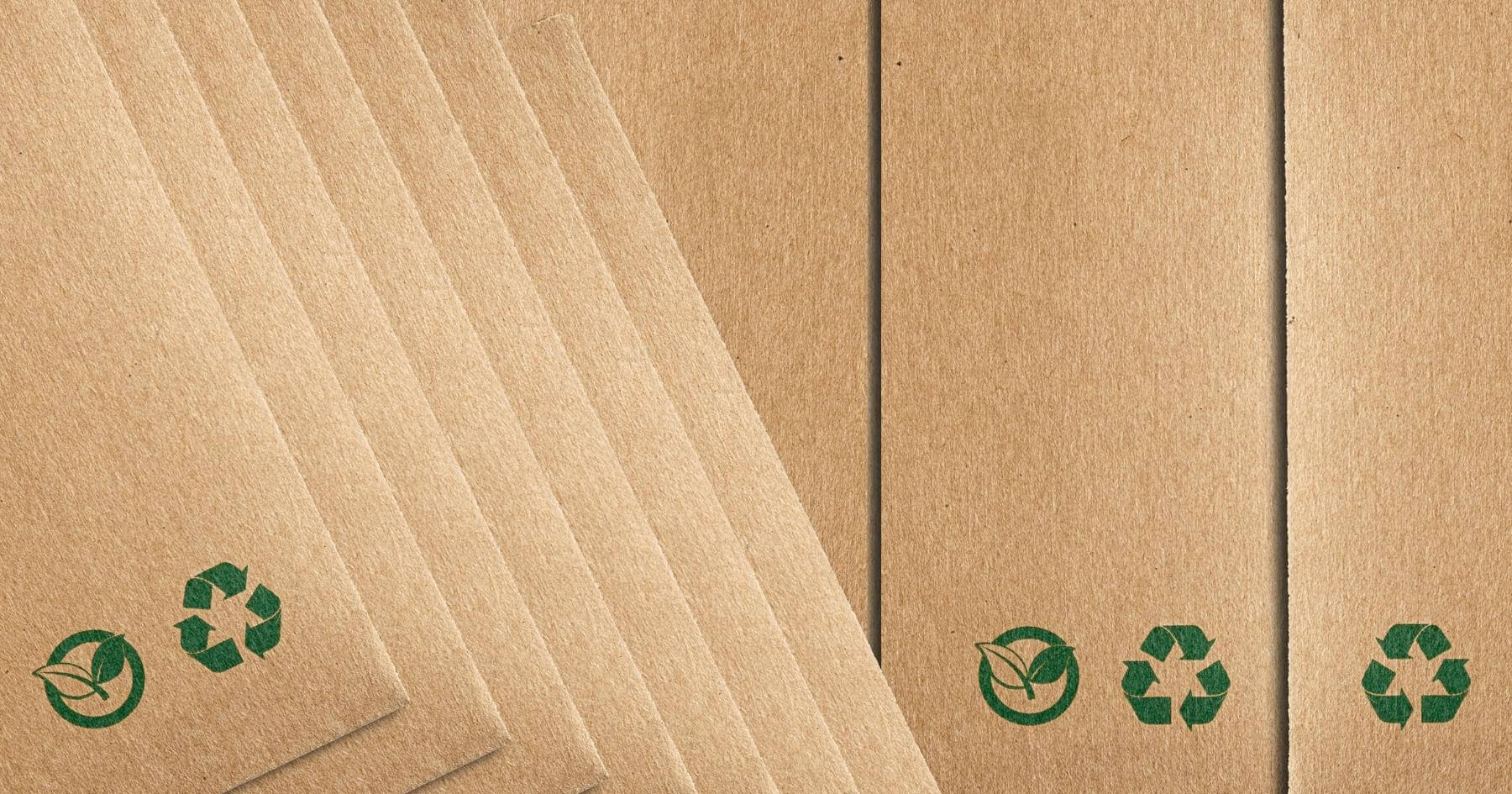While we’re all doing our part to protect the planet, this doesn’t mean that making more environmentally conscious choices is easy. Using sustainable packaging is a positive and strategic choice from a business standpoint, but it’s critical to understand all the factors and impacts.
That's why we've prepared this handy guide to the pros and cons of sustainable packaging.
Pros of Sustainable Packaging
It’s not for nothing that many businesses are swapping out traditional packaging for sustainable options. Three benefits include:
1. You’ll reduce your brand’s carbon footprint
Single-use packaging accounts for a significant amount of the waste in our planet’s oceans and landfills. Today’s consumers are keenly aware of this and are a driving force for change.
By switching to sustainable packaging, you’ll be helping your business do its part, but you’ll also demonstrate to consumers that your values align with theirs. While this has always been important, it’s more so now.
Why? Because most consumers say the pandemic caused them to rethink what’s important to them; they expect the companies they do business with to understand their new priorities.
And when it comes to these priorities, environmental friendliness is at the top of the list. If you want to make your packaging stand out, embracing sustainability is an excellent way to do it.
Before COVID, just 37% of people said they looked for products with eco-friendly packaging, and 41% said they avoided plastic as much as possible. Today, these percentages have spiked by 10 to 20%. Meanwhile, 81% of people expect businesses to be environmentally conscious.
The takeaway? Switching to sustainable packaging is a win-win-win: for you, your customers (and potential customers), and the planet.
2. It’s versatile and reusable
Sustainable packaging doesn’t go straight into the trash. Instead, it’s designed for future uses. Upgrading to branded sustainable packaging means your business will stay top-of-mind with customers every time they see it and reuse your packaging.
Reusability increases the likelihood that they'll think of your products and services when it’s time for them to make another purchase.
3. You’ll trim costs with rightsizing
Have you ever received a small item packed into a giant box filled with stuffing and packing peanuts? This is the opposite of “rightsizing.” Not only was the box too big, but the inner cushioning was also wasteful.
A component of sustainable packaging, rightsizing means that the dimensions of your packaging are optimized for shipping safety and security.
Rightsizing is eco-friendly because it uses less packaging and reduces the impact on the supply chain and your budget as it also reduces everything from storage needs to shipping costs.
Finally, in demonstrating care, attention, and a commitment to sustainability, rightsizing also supports a more satisfying customer unboxing experience.
Cons of Sustainable Packaging
While the upsides of sustainable packaging are compelling, there are also some additional considerations, including the following three downsides:
1. The upfront cost of switching to sustainable packaging can be daunting
Whether you’ve got your current packaging method down to a science or the upfront investment seems outside your budget, the thought of changing things up can be overwhelming.
From a short-term dollars and cents perspective, upgrading to sustainable packaging may not seem worthwhile. However, if you look at it from the perspective of the long-term payoffs, the picture becomes very different.
Additionally, there may come a time when certain sustainable business practices are government-mandated. Making strategic changes now can prevent you from frantic and costly changes in the future.
2. Packaging is only a small part of a product’s eco-friendliness
What good is sustainable packaging if your products or manufacturing processes aren’t environmentally friendly? It may not be feasible for your company to embrace sustainability across everything you do.
However, this doesn’t mean you can’t make a difference with small and incremental changes.
In most cases, sustainability isn’t the endgame but a journey. And that journey has to start somewhere. Your customers are also on their sustainability journeys and will recognize that it’s not an all-or-nothing enterprise.
3. Some packaging types may not meet standards/requirements for Your industry
Packaging is purposeful with specific practical, functional, and performance-based requirements. If sustainable packaging fails to meet these requirements, it falls short of its purpose.
It’s not enough for packaging to be eco-friendly. It must also be durable, tear-resistant, waterproof, and resistant to extreme temperatures and climates.
Furthermore, sustainable packaging should not compromise health, safety, and hygiene. For example, certain types of sustainable packaging may not prevent contamination of food or medical items.
The good news? There is sustainable packaging out there with the necessary properties and traits. However, identifying it may require more time or resources.
There’s a reason why sustainability is one of the biggest trends in retail: It matters — a lot.
At Bay Cities Packaging & Design, we’re committed to sustainability in our operations and the businesses we support.
Contact us to learn more about the pros and cons of sustainable packaging or how we can help you upgrade to more sustainable practices with your packaging or retail display boxes.



/BC_Logo2_White.png?width=300&height=83&name=BC_Logo2_White.png)